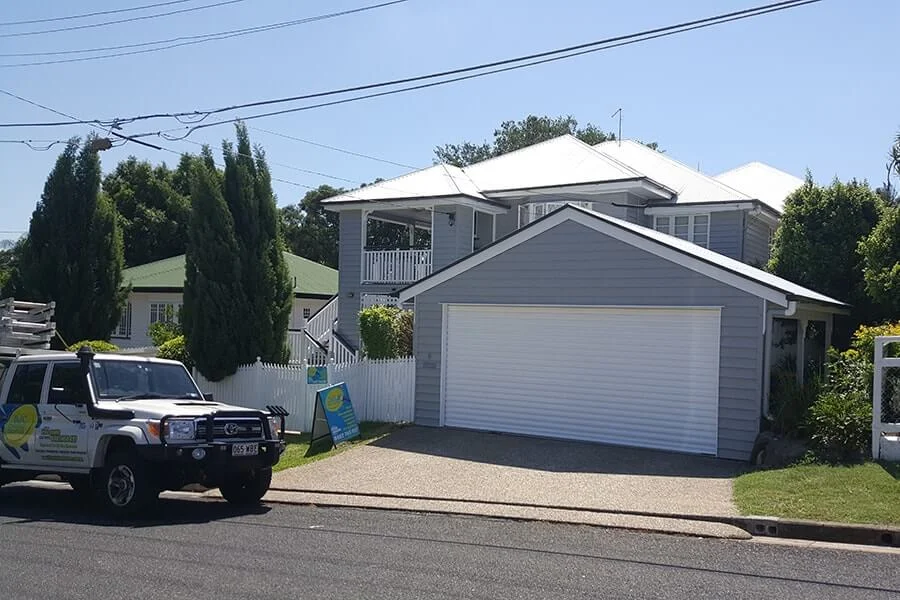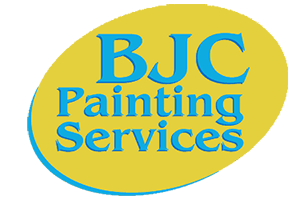Exterior house painting
- Blog
- Brett

Painting your home’s exterior is one of the fastest and easiest ways to increase the value of your property and create a welcoming atmosphere for your guests. But before the actual paint application, there are a lot of things that come into play during the preparation stage to ensure you get the best results..
These steps will ensure that all unsightly cosmetic gaps and holes are filled, and the exterior of your home is well-primed so that paint effectively adheres to the surface. It will also ensure that the paint to be applied will be able to withstand all the extreme weather changes, like the intense Australian sun.
Naturally, overtime the paint on your exterior is going to look a little worn. Depending on the climate in your area, your home’s exterior may be subjected to extreme weather changes that may cause the paint to lose its vibrancy quite easily. Living in Australia, for example, may have your home subjected to extremely sunny or rainy days which can affect the materials used in the exterior of any home.
Chemicals in old paint used can break down, and mold can grow on the surface. Aside from that, the quality of the materials used in your home’s exterior may also take a blow from the elements. If your home is made of concrete, cracks and holes can develop overtime. Blistering and flaking may also occur and this must also be addressed before your home is repainted.
Needless to say, it takes a keen eye to see what cosmetic fixes need to be done and a trained mind to know how these fixes can be done. This is why exterior home painting is a task that is best left to the professionals as they have the skills and materials needed to do the preparation work. In fact, here are some things professionals do during pre-painting preparations:
Filling and replacing timber
If your home is built using timber, it’s highly likely that you’ll have a few rotten pieces here and there. These rotten pieces must be removed and replaced before the surface is primed and painted on. If the exterior has cracks and holes, these parts must also be taken care of by filling them with top-grade fillers.
Preparing cement, masonry and brickwork
If the exterior is made of some type of masonry or bricks, removing loose paint with a stiff brush and filling holes are important. The surface must also be fully primed and sealed before paint is applied. This will create a protective barrier which will keep the materials from losing moisture.
It will also ensure that they remain durable enough to prevent cracks from forming, as much as possible. In some cases, some areas need cement or brick replacements, these parts must be allowed to cure completely before the primer or paint are applied. The curing process can take up to 4 to 8 weeks depending on the material.
Timber staining and sanding
If your home’s exterior is made of timber, sanding down exposed parts of the material is important to prevent flaking and peeling. Aside from that, it’s also worth knowing that timber has a natural staining agent called tanning that may be caused by moisture through the surface. A tannin blocking top coat must, therefore, be applied before the actual paint job. A fresh and well coated surfaces ensures that the paint to be applied will have a stable surface to adhere to.
Burying and filling nail heads
In some cases, nails are needed to be used for the preparation, it’s important that they are buried at least three millimeters from the surface. The holes above the nail heads must then be filled using fillers to ensure that they don’t show through the paint.
Old paint testing and stripping
In order to test the old paint on the home’s exterior, a cut must be made on top of the old paint. Next, an adhesive tape must be pressed down on the cut and then quickly removed to see if the paint comes off. In case the old paint needs to be stripped back, heat guns or chemical strippers may be used.
If the old paint was applied on timber and has developed blisters, flaking or peeling over time, it’s important to seal off the source of moisture that’s causing these cosmetic issues. This could mean checking for cracks and openings on windows and doors. Promoting proper air flow in these areas is also important to prevent blisters, flaking, and peeling from happening again.
Remove chalking and mold
If you’re located in sunnier places like Australia, exposure to UV rays may cause the oil-based enamel paint applied on the property to create a powdery surface. This needs to be washed down and removed completely before primer or paint is applied.
In some cases, mold can also grow on parts of the home that’s exposed to moisture. Remove mold by mixing 1 part bleach into 3 parts of water. Apply onto the molded surface before rinsing it with water after a good 15 minutes. A mold-blocking primer must then be applied after the surface is washed and dried.
House painting
Exterior house painting is a task that is best left to professionals who can do them professionally and properly. Professional home painting doesn’t just involved painting an old surface, but also includes effective handling of cosmetic issues and going the extra mile to ensure that these issues do not arise again.
Professionals know how to complete a paint job effectively in the shortest amount of time. This includes preparation, painting, and curing altogether. They use high-quality materials and have streamlined processes to ensure that everything is done in the best way and best time possible.
Professional painters do not shy away from issues that may arise in the painting process. Instead, they immediately recognize these issues and are able to come up with an effective immediate fix. They will ensure that your home looks well-maintained, thus increasing its value.
Exterior home is a form of investment that must be done properly to ensure that every penny spent is worth it. And it doesn’t necessarily have to break the bank for you. A lot of times, getting a great professional home paintwork is a matter of finding the right people to do it for you.




